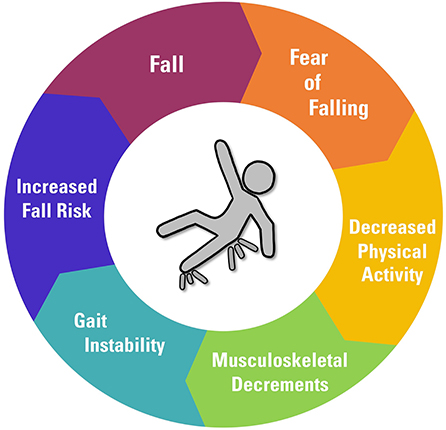The Best Guide To Dementia Fall Risk
Table of ContentsRumored Buzz on Dementia Fall RiskThe Single Strategy To Use For Dementia Fall RiskSome Known Details About Dementia Fall Risk How Dementia Fall Risk can Save You Time, Stress, and Money.
A loss risk assessment checks to see how likely it is that you will drop. It is mostly done for older grownups. The analysis normally includes: This includes a series of questions concerning your general health and wellness and if you've had previous falls or problems with equilibrium, standing, and/or walking. These devices test your toughness, equilibrium, and stride (the method you walk).STEADI includes testing, assessing, and intervention. Treatments are recommendations that might minimize your risk of dropping. STEADI includes three actions: you for your risk of succumbing to your danger aspects that can be enhanced to attempt to avoid drops (for instance, equilibrium issues, damaged vision) to minimize your threat of dropping by making use of efficient strategies (as an example, giving education and sources), you may be asked numerous inquiries consisting of: Have you fallen in the previous year? Do you really feel unsteady when standing or walking? Are you bothered with dropping?, your copyright will certainly test your strength, equilibrium, and gait, using the complying with autumn analysis tools: This test checks your gait.
Then you'll take a seat once again. Your supplier will check for how long it takes you to do this. If it takes you 12 seconds or more, it might mean you are at higher threat for a fall. This test checks stamina and equilibrium. You'll being in a chair with your arms crossed over your breast.
Relocate one foot midway forward, so the instep is touching the huge toe of your various other foot. Move one foot totally in front of the other, so the toes are touching the heel of your other foot.
The smart Trick of Dementia Fall Risk That Nobody is Discussing
A lot of falls take place as an outcome of numerous contributing aspects; as a result, taking care of the danger of dropping starts with determining the factors that add to drop risk - Dementia Fall Risk. Some of one of the most pertinent risk elements include: Background of previous fallsChronic clinical conditionsAcute illnessImpaired gait and equilibrium, reduced extremity weaknessCognitive impairmentChanges in visionCertain risky medications and polypharmacyEnvironmental factors can additionally raise the risk for falls, consisting of: Poor lightingUneven or harmed flooringWet or slippery floorsMissing or harmed handrails and get hold of barsDamaged or improperly fitted equipment, such as beds, wheelchairs, or walkersImproper use assistive devicesInadequate supervision of individuals staying in the NF, including those who display hostile behaviorsA effective loss risk monitoring program calls for a thorough scientific evaluation, with input from all members of the interdisciplinary group
.png)
The care plan need to additionally include interventions that are system-based, such as those that promote a risk-free atmosphere (suitable lights, handrails, grab bars, etc). The performance of the treatments need to be reviewed occasionally, and the care plan changed as necessary to reflect adjustments in the autumn risk analysis. Executing an autumn danger monitoring system making use of evidence-based best method can lower the prevalence of falls in the NF, while limiting the capacity for link fall-related injuries.
5 Simple Techniques For Dementia Fall Risk
The AGS/BGS guideline advises evaluating all adults aged 65 years and older for fall danger each year. This testing consists of asking patients whether they have actually dropped 2 or even more times in the past year or sought clinical attention for a loss, or, if they have not fallen, whether they feel unstable when walking.
People that have fallen once without injury ought to have their balance and stride assessed; those with gait or equilibrium irregularities need to get extra evaluation. A history of 1 fall without injury and without stride or equilibrium problems does not warrant additional assessment past ongoing yearly autumn threat testing. Dementia Fall Risk. A loss threat analysis is needed as part of the Welcome to Medicare evaluation

The Ultimate Guide To Dementia Fall Risk
Documenting a falls background is among the top quality indications for autumn avoidance and management. A critical part of threat assessment is a medication evaluation. A number of courses of medications increase autumn danger (Table 2). Psychoactive medicines specifically are independent forecasters of falls. These drugs often tend to be sedating, change the sensorium, and impair equilibrium and gait.
Postural hypotension can commonly be eased by decreasing the dosage of blood pressurelowering medications and/or stopping medicines that have orthostatic hypotension as a negative effects. Use advice of above-the-knee support tube and copulating the head of the bed raised might likewise lower postural decreases in blood pressure. The recommended elements of a fall-focused checkup are received Box 1.

A TUG time greater than or equivalent to 12 secs suggests high fall threat. Being unable to stand up from a chair of knee elevation without using one's arms shows increased loss danger.